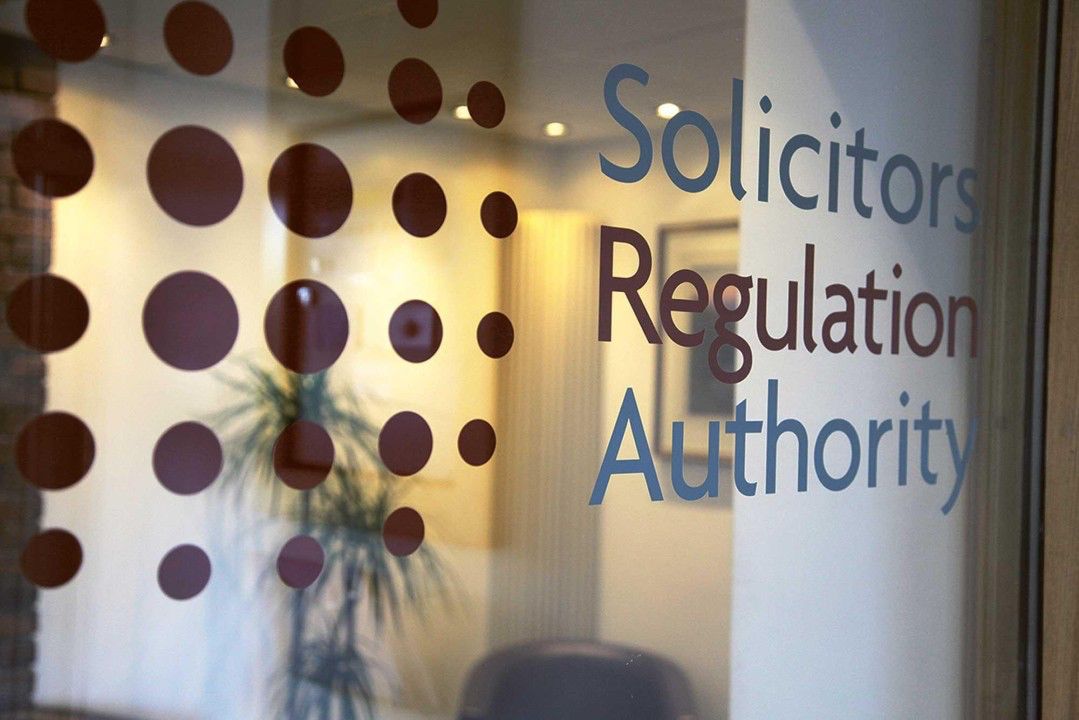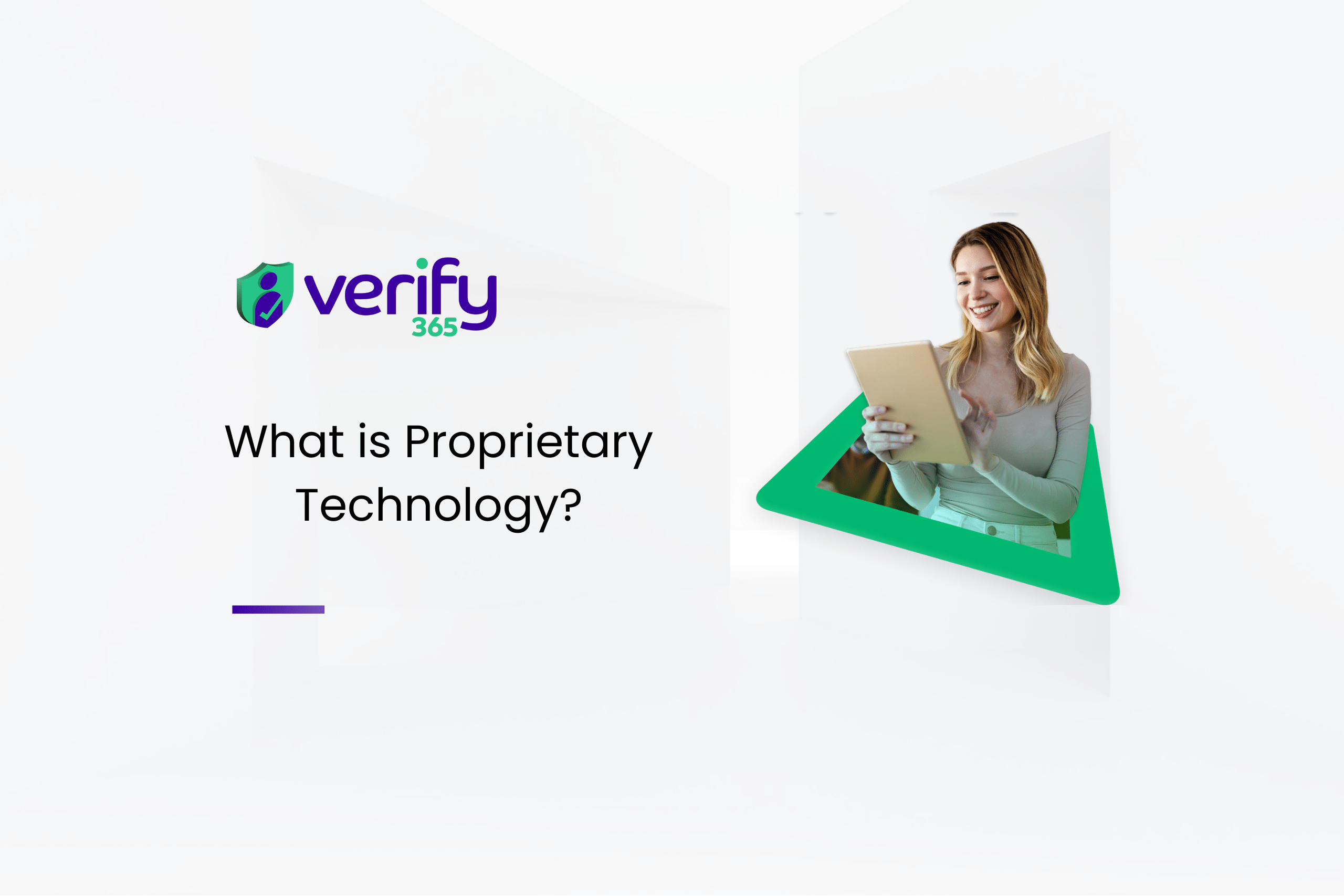The legal sector is no stranger to the labyrinth of Anti-Money Laundering (AML) regulations. As the framework for these laws becomes increasingly complex, the strain on legal firms grows. Are current traditional methods capable of handling the constant flux of compliance requirements? Or could technology, with its vast potential, be the key to untying this Gordian knot?
One of the central issues is the due diligence process, which often feels like navigating through a minefield. Traditional Know Your Customer (KYC) checks have always been the backbone of these processes, ensuring client identities and keeping illegal activities at bay. However, with the rise in financial crimes, is this outdated method up to the task?
Similarly, sanction checks and the identification of politically exposed persons (PEPs) have always been a substantial challenge. With the fast-paced changes in the global political landscape, it can be almost impossible to keep up-to-date on who might be a risk to your firm. Are law firms expected to constantly monitor global news and international sanctions lists? Or is there a more efficient, tech-powered solution?
Controversially, some argue that the stringent AML regulations are an overreaction that adds unnecessary burdens on law firms. This argument questions the efficacy of these laws in preventing money laundering and whether the focus on AML regulation has become excessive, diverting valuable resources and time.
My question is whether risk and compliance technology can provide a way to comply without draining resources?
Let’s take a look at risk and compliance technologies, such as Verify 365. These platforms propose solutions like digital KYC ID Checks, automated AML Checks, real-time Sanction Checks, and Source of Funds Checks. They offer the potential to streamline and automate the compliance process, eliminating the manual burden and risk of human error. But is this the panacea we need?
With the digital age upon us, the use of technology for tasks such as KYB & UBO Company Checks is an intriguing proposition. Digital tools like eSign, ePay, and eForms further promise to ease transactions, reduce paperwork, and enhance efficiency.
But are lawyers ready to fully trust technology in dealing with such sensitive and high-stakes information?
As we debate the merits of technology in simplifying AML compliance, it’s essential to remember that this isn’t just about finding shortcuts or making tasks easier. It’s about strengthening the bulwark against financial crimes, safeguarding our firms, and maintaining the integrity of the legal sector.
I think that while technology offers tantalising solutions to the AML compliance conundrum, we need to approach it with a balanced view.
It’s not about replacing traditional methods outright but blending the best of both worlds.
The question, therefore, isn’t whether technology can revolutionise AML compliance, but how can we effectively integrate it into our current practices to strengthen our defence against financial crime.






